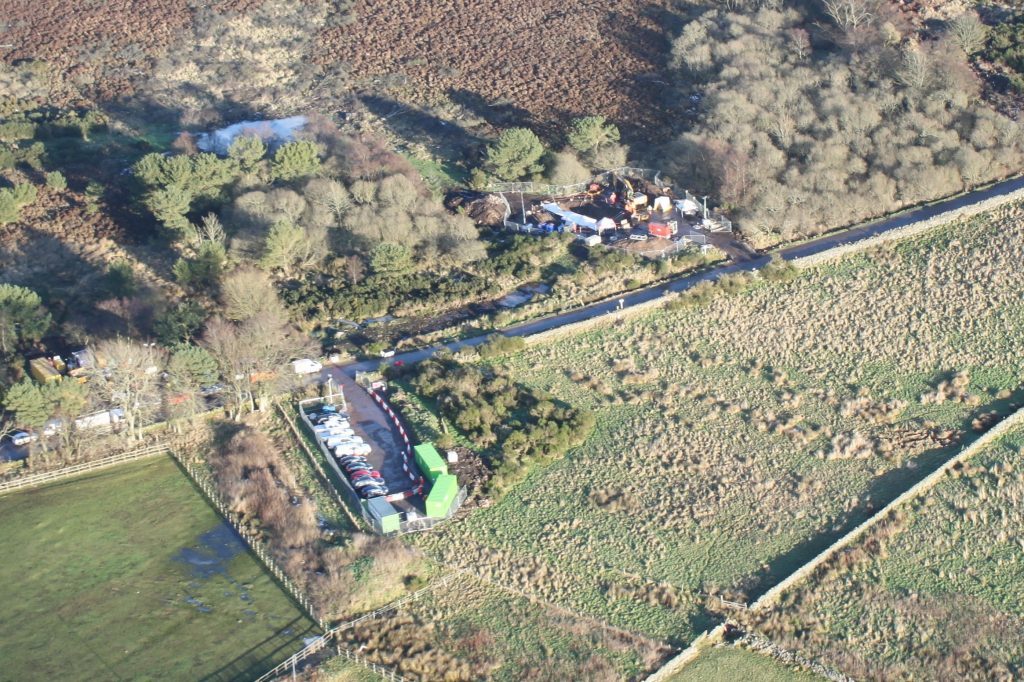
The North Sea oil and gas industry will have breathed a sigh of relief at yesterday’s announcement that a crack in the Forties pipeline will be fixed “around Christmas”.
Flow through Forties was suspended on December 11, forcing a host of oil majors to shut down production from fields served by the giant pipeline due to a lack of storage.
Industry body Oil and Gas UK said £20million worth of North Sea production per day was being held back as a result.
At the time, Ineos said the crack — detected at Netherley, near Aberdeen — would take “weeks rather than days” to fix.
It now appears that Ineos, which bought the pipeline from BP earlier this year, plans to restore Forties to normal rates “early in the New Year”.
Many people will feel that outcome is good as could be expected, while others may wonder why it takes weeks to fix a pipe after it has been shut down.
Industry veteran Ian Phillips, a chartered petroleum engineer, said the first few days after the discovery of the leak would have been taken up by “detective work” as engineers try to establish a cause.
Mr Phillips said: “A pipeline is something you plan to install once and never touch again. You do not plan to have cracks – that’s not how they’re designed.
“So the first problem to solve is figuring out why it cracked. They do not want to fix it then find out they have the same problem a month or two later.
“They’ll want to fix it in a way that will stop it happening again for 30 years.”
Commenting on the possible causes, Mr Phillips said: “Perhaps there was some unexpected stress exerted on the pipeline. Possibly rain has made the ground under the pipeline soft, causing the pipeline to sag.
“The crack could also have been caused by a chemical reaction.
“But once you’ve got a crack, you’ve got miles of pipe all welded together. You’ve got to get to the damaged area first, which means digging a great hole.”
Then engineers would either have to cut the damaged piece out and replace it or do some welding, said Mr Phillips, who has more than 30 years of oil and gas experience, including nearly 20 years with the likes of Shell, BP and Marathon, and six years with service company Halliburton.
If they are having to replace, then finding the right pipe would be time consuming.
Mr said: “The Forties pipeline is nearly a metre in diameter with wall thickness of 1.5-2 centimetres. So it is a massive piece of steel in its own right.
“Companies do not have that sort of pipe just lying around. You would have to scour the world.”
Mr Phillips, current chief executive of the Oil and Gas Innovation Centre, added: “Considering the revenue that’s being lost, if they find a suitable pipe in North America or the Middle Easy they would fly a jumbo jet out to pick it up.
“It’s a serious engineering problem
“You don’t leave stuff lying around for that sort of eventuality. It’s not something you can keep a spare part for.”
Recommended for you

